Now that’s an impossible headline. How can any one music video be the best of a year? Most views? Most shares?
And do I mean the best video interpretation of a song? Or the best song, and any video would be okay? Or do I mean, like the image above, The Best Video With The Best Bling Ever.
Many years ago, in many lands not far away, the annual “Best Of” lists meant something.
They meant bona fide critics, academics and, dare I say it, experts, had thoughtfully compared and considered a fair sampling of contenders, and had put their stamp on the top 5 or top 10.
But they were easier times. Hundreds of new releases a month, rather than thousands. Dozens of new music videos a month, rather than millions.
Look at what we have now. Rolling Stone tells us it has collected “The 25 Greatest Christmas Albums of All Time”. What? How is that possible? And Paste tells us it has the “The 100 Best Romantic Comedies of All Time”. What?
They are not “The 100 Best …” of anything. They are click-bait. Headlines pretending to herald great content. Then when you have a look, you disagree with many and almost always object strongly to the Top 5.
But let’s press on.
Best VIDEO Interpretation of a Song 2018
What does “video” mean any more? And how Virtual or Augmented do you want to be?
Well, the best music video of 2018, with the emphasis on video, is
Anderson .Paak, “Til It’s Over” (featuring FKA Twigs)
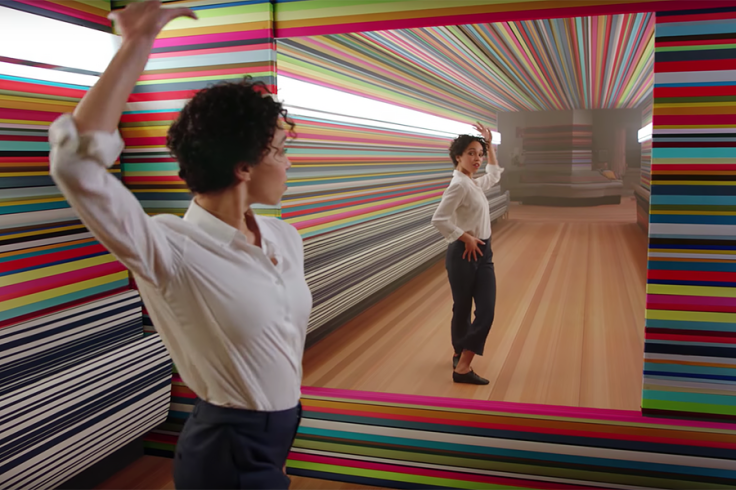
Which is also HomePod — “Welcome Home” by Spike Jonze — for Apple
And you get a fantastic Music Video with Virtual Reality and Augmented Reality very much centre stage.
With this video, the future is now! There’s a foundation of old-school MTV with heaps of new-school musical sensibilities rising to the peaks, overlaid with the tricksiest video CGIs you can find.
You can see more here: https://www.fuse.tv/2018/03/fka-twigs-dance-to-anderson-paak-new-song-til-it-s-over
But that still leaves us with the question. Is that the best song with the best video to go with? No! The best song with a watchable video is …
The Best MUSIC Video of 2018
Blackpink, “Ddu-Du Ddu-Du”
Because this is what “international” music is all about today. You take vast helpings of Spice Girls (and all the other pop and hip-hop girl groups) and weave in the latest American black music styles, and, lo, you have Blackpink!

Massive production values – like every top black American music star – for both the music and the video are not enough, however. What you also need, to cut through the bass-drone of hip-hop and r’n’b and rap, are some bright, crystal voices singing in harmony.
Which BLACKPINK deliver, along with all the current STYLE and FASHION tips you could ever wish for. All in 3 minutes and 35 seconds!
But you already know that, cos you’ve been one of the 500 or 600 or 700 million views!


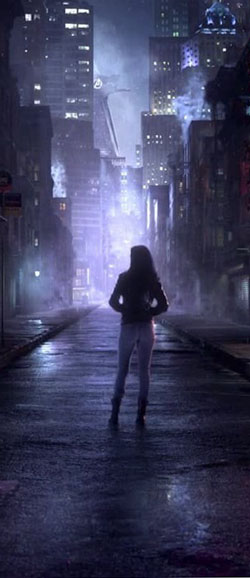 Second, emo subculture is stereotyped with emotion, sensitivity, misanthropy, shyness, introversion and angst, as well as depression, self-harm and suicide.
Second, emo subculture is stereotyped with emotion, sensitivity, misanthropy, shyness, introversion and angst, as well as depression, self-harm and suicide.

 The review also says, “throughout, there’s a shocking willingness to go to the very edge of what’s acceptable in a contemporary studio movie.” Compared to what? Mostly what’s acceptable in contemporary studio movies is a level of violence which is both extremely graphic (but only as CGI) and extremely stupid. The average studio movie hero is tortured by ‘experts’ for hours and yet is never impeded in subsequently killing or neutralising a dozen supposed trained soldiers or guards or bodybuilders or thugs. Single-handedly and, apparently, avoiding all 60,000 rounds of ammunition fired in the process.
The review also says, “throughout, there’s a shocking willingness to go to the very edge of what’s acceptable in a contemporary studio movie.” Compared to what? Mostly what’s acceptable in contemporary studio movies is a level of violence which is both extremely graphic (but only as CGI) and extremely stupid. The average studio movie hero is tortured by ‘experts’ for hours and yet is never impeded in subsequently killing or neutralising a dozen supposed trained soldiers or guards or bodybuilders or thugs. Single-handedly and, apparently, avoiding all 60,000 rounds of ammunition fired in the process.
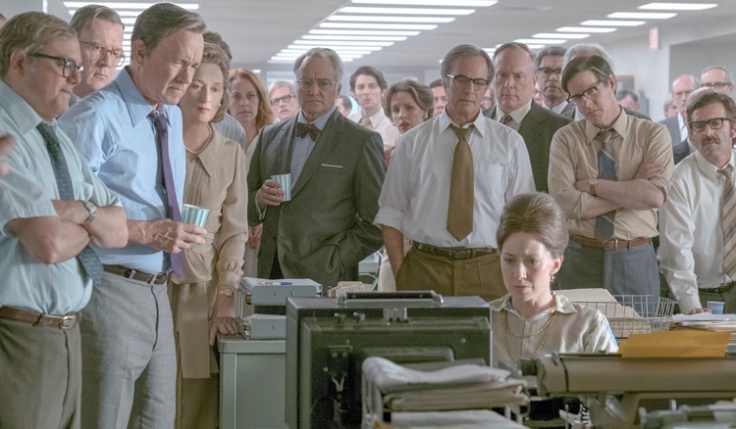

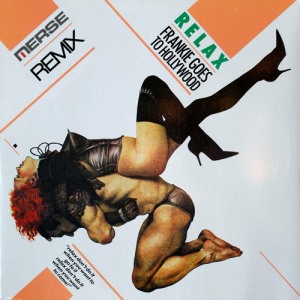 And so disco rhythms and Bee Gees harmonies and progressive rock’s whole side of an album would revolve around emphasising a style with, at times, incidental creative embellishments. And some of those would become exemplars of the style/genre. Nile Rodgers, Donna Summer, Michael Jackson, Prince – and many others anyone could name – would be instantly recognisable. Just as Chopin may sound instantly distinct from Beethoven, so Frankie Goes to Hollywood sounded unique, even in the 3 or 6 or 9 remixes of their songs.
And so disco rhythms and Bee Gees harmonies and progressive rock’s whole side of an album would revolve around emphasising a style with, at times, incidental creative embellishments. And some of those would become exemplars of the style/genre. Nile Rodgers, Donna Summer, Michael Jackson, Prince – and many others anyone could name – would be instantly recognisable. Just as Chopin may sound instantly distinct from Beethoven, so Frankie Goes to Hollywood sounded unique, even in the 3 or 6 or 9 remixes of their songs. Podcasts proved to be perfect vehicles for trance djs and producers, enabling worldwide distribution of 30-minute and 60-minute and 2-hour episodes – and on a regular basis. Each week, fortnight or month, fans of a trance podcast would be delivered the new episode, capturing and refining a style that includes fresh tunes built on a melodic and repetitive approach. And no matter whether via the podcast, or at a live show, the music is at times like a mantra or meditation, yet experienced and enjoyed, simultaneously, by thousands.
Podcasts proved to be perfect vehicles for trance djs and producers, enabling worldwide distribution of 30-minute and 60-minute and 2-hour episodes – and on a regular basis. Each week, fortnight or month, fans of a trance podcast would be delivered the new episode, capturing and refining a style that includes fresh tunes built on a melodic and repetitive approach. And no matter whether via the podcast, or at a live show, the music is at times like a mantra or meditation, yet experienced and enjoyed, simultaneously, by thousands.
 To offset that misogyny, there are four strong female characters, played by Dichen Lachman, Martha Higareda, Kristin Lehman and Renée Elise Goldsberry (pictured with showrunner Laeta Kalogridis). And the lead man is played with a great deal of gritty realism by Joel Kinnaman (he was also impressively taciturn in The Killing series from 2014).
To offset that misogyny, there are four strong female characters, played by Dichen Lachman, Martha Higareda, Kristin Lehman and Renée Elise Goldsberry (pictured with showrunner Laeta Kalogridis). And the lead man is played with a great deal of gritty realism by Joel Kinnaman (he was also impressively taciturn in The Killing series from 2014).
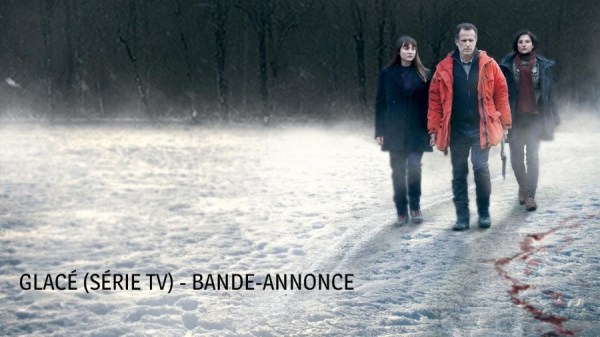
 And he’s got a drinking problem – of course – and smokes too much – of course – and frequently suffers nosebleeds. And he has “issues” from the past. And may or may not know what the hell he’s doing most of the time.
And he’s got a drinking problem – of course – and smokes too much – of course – and frequently suffers nosebleeds. And he has “issues” from the past. And may or may not know what the hell he’s doing most of the time.

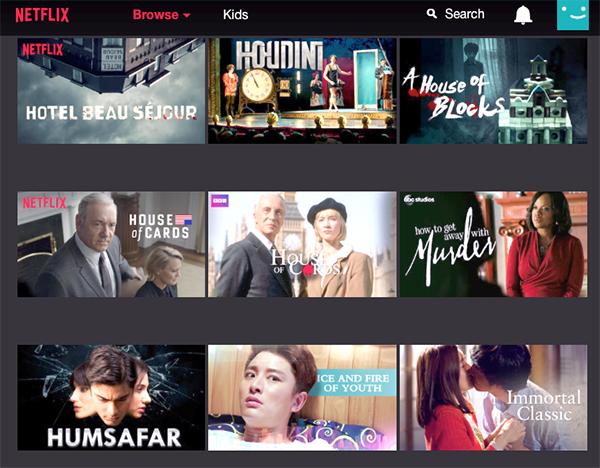



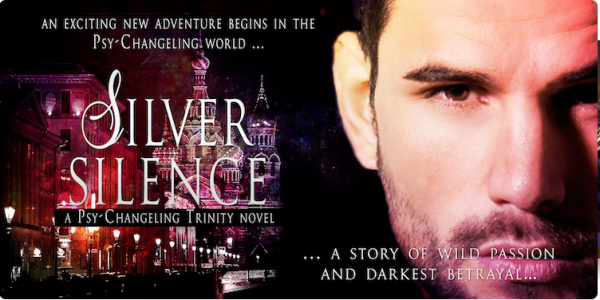
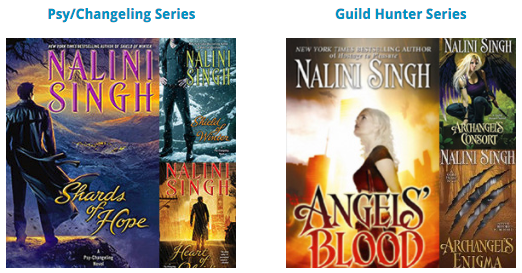
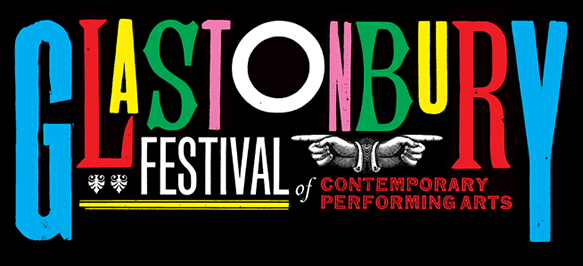

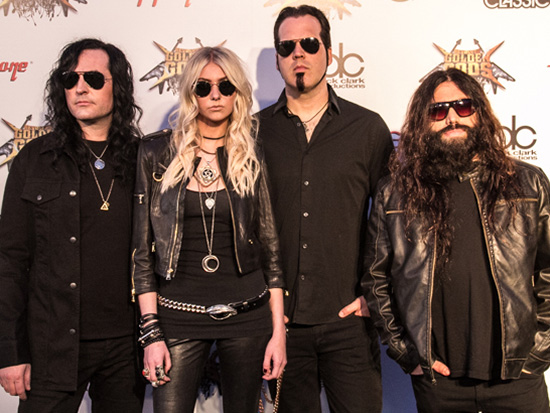

 This is all political and/or cultural and/or censorship correctness gone mad.
This is all political and/or cultural and/or censorship correctness gone mad.
You must be logged in to post a comment.